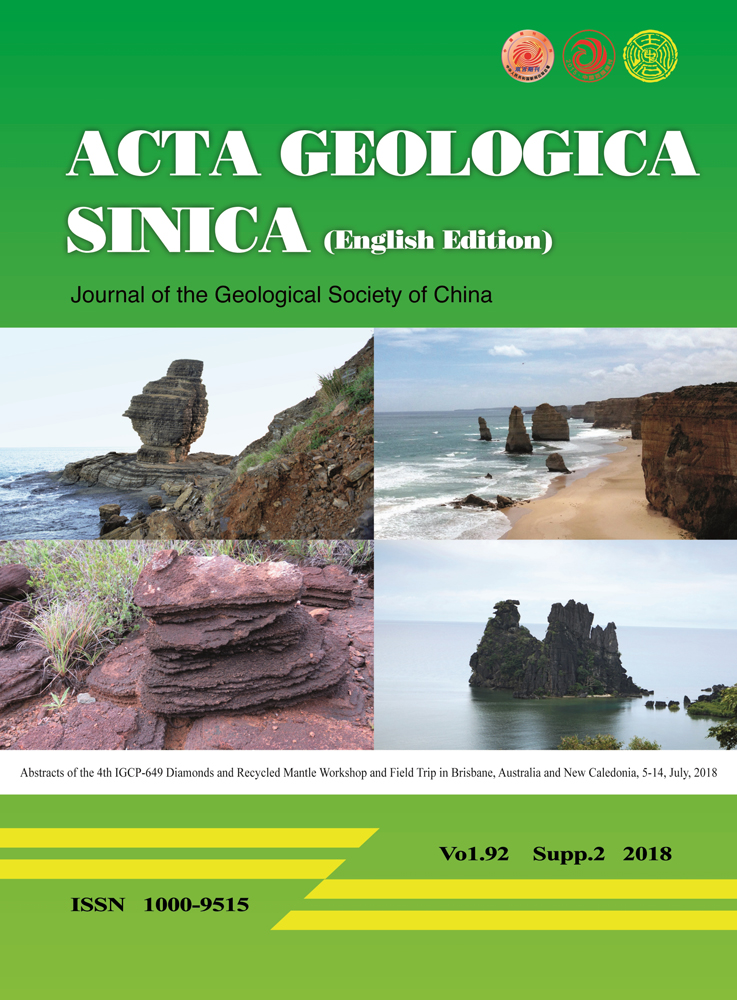Accreted Terranes in the Paleo-Asian Ocean
Abstract
Terrane accretion is considered to be one of the main contributors to the growth of continental crust (Stern and Scholl, 2010). Allochthonous terranes can be categorized into three general groups, including island arcs, seamounts (oceanic plateaus, submarine ridges), and continental fragments. The Central Asian Orogenic Belt (CAOB) is one of the largest and long-lived accretionary collages on the globe, and is composed of numerous island arcs, and accretionary wedges, seamounts, and microcontinents associated with the growth and consumption of the Paleo-Asian Ocean (Fig.1; Şengör et al., 1993; Windley et al., 2007; Xiao et al., 2015; Yang et al., 2015).




